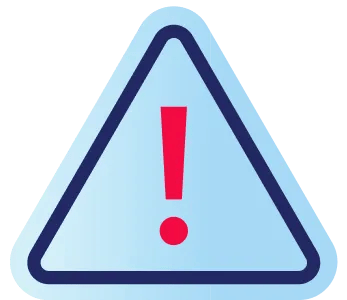Tools > Threat Catalog
HITRUST Threat Catalog™
See Risks Before They See You
Identifying potential threats is a major component of a comprehensive risk analysis process for any organization seeking to protect its sensitive data.
The HITRUST Threat Catalog can provide IT security professionals with useful information about a wide range of common threats. It can be useful as a starting point in the risk analysis and assessment journey.
Before users receive a download of the files that comprise the Threat Catalog, they will be prompted to agree to the required terms and conditions.
Download Now

Key Features of the HITRUST Threat Catalog
- Identifies existing threat taxonomy for common threats to sensitive information
- Enumerates all reasonably anticipated threats to enhance information protection
- Maps HITRUST Framework (HITRUST CSF®) control requirements to the list of threats
- Identifies information needed in future iterations of the HITRUST Threat Catalog
Need more information?
View all relevant resources about the Threat Catalog.
HITRUST Threat Catalog Overview
Threat Catalog Download
Threat Catalog Download